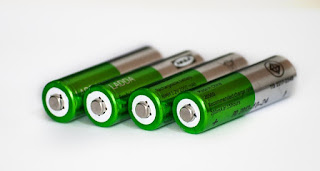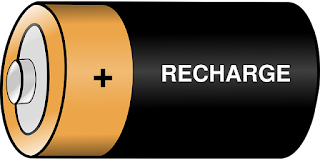Advantages
Bluetooth has a lot to offer with an increasingly difficult market place. Bluetooth helps to bring with it the promise of freedom from the cables and simplicity in networking that has yet to be matched by LAN (Local Area Network).
In the key marketplace, of wireless and handheld devices, the closest competitor to Bluetooth is infrared. Infrared holds many key features, although the line of sight it provides doesn’t go through walls or through obstacles like that of the Bluetooth technology.
Unlike infrared, Bluetooth isn’t a line of sight and it provides ranges of up to 100 meters. Bluetooth is also low power and low processing with an overhead protocol. What this means, is that it’s ideal for integration into small battery powered devices. To put it short, the applications with Bluetooth are virtually endless.
Disadvantages
Bluetooth has several positive features and one would be extremely hard pressed to find downsides when given the current competition. The only real downsides are the data rate and security. Infrared can have data rates of up to 4 MBps, which provides very fast rates for data transfer, while Bluetooth only offers 1 MBps.
For this very reason, infrared has yet to be dispensed with completely and is considered by many to be the complimentary technology to that of Bluetooth. Infrared has inherent security due to its line of sight.
The greater range and radio frequency (RF) of Bluetooth make it much more open to interception and attack. For this reason, security is a very key aspect to the Bluetooth specification.
Although there are very few disadvantages, Bluetooth still remains the best for short range wireless technology. Those who have tried it love it, and they know for a fact that Bluetooth will be around for years to come.






